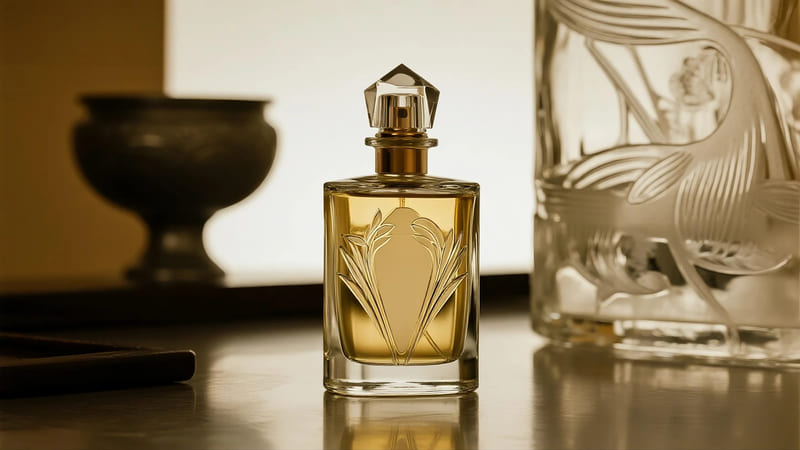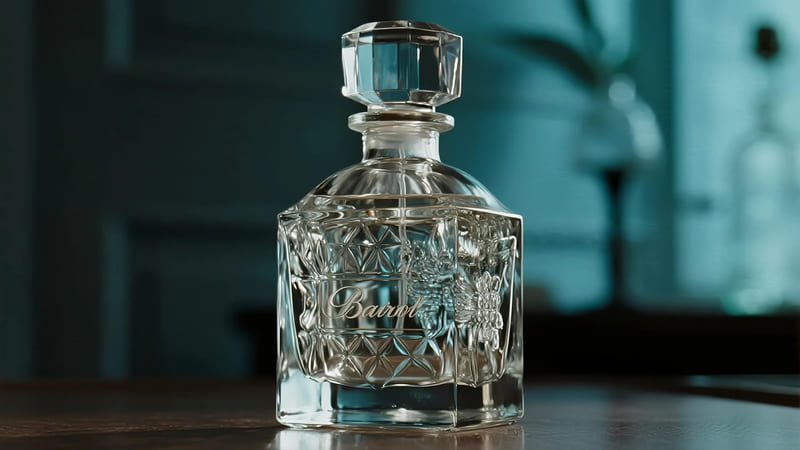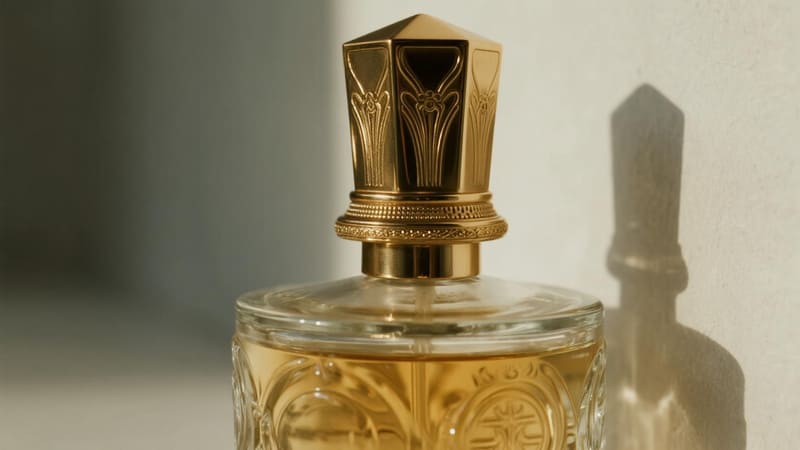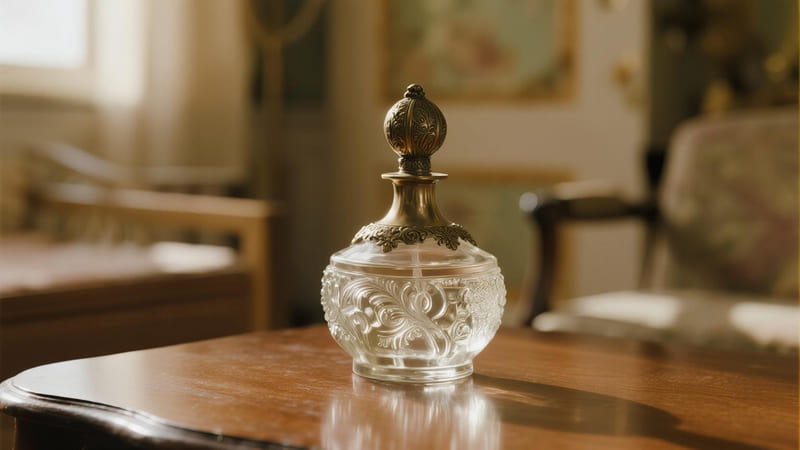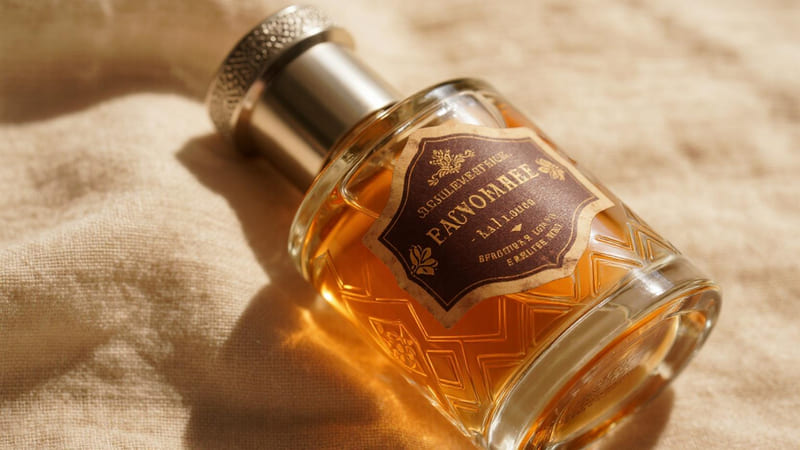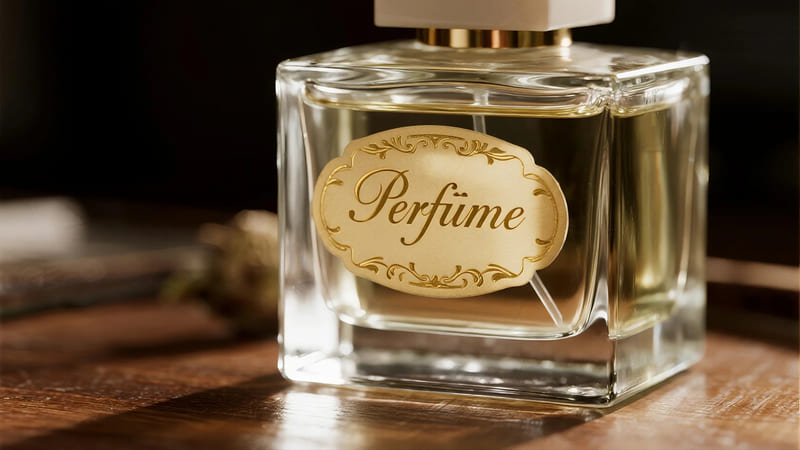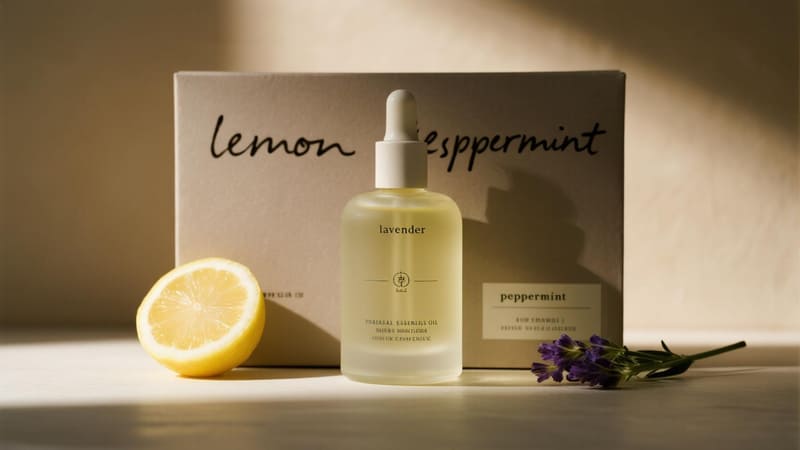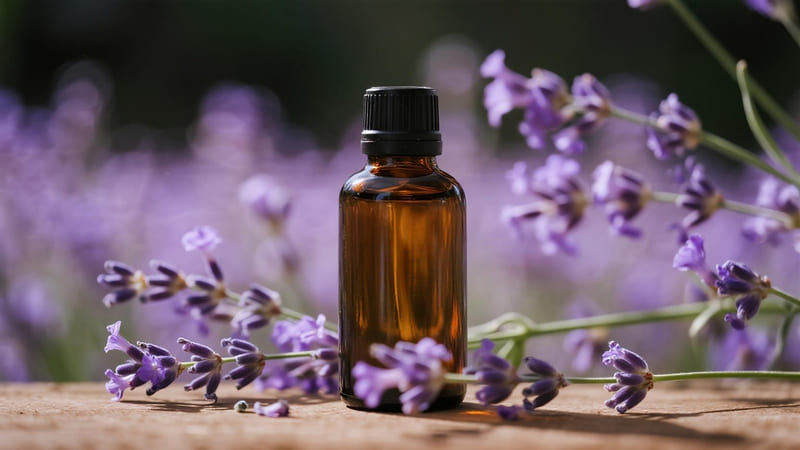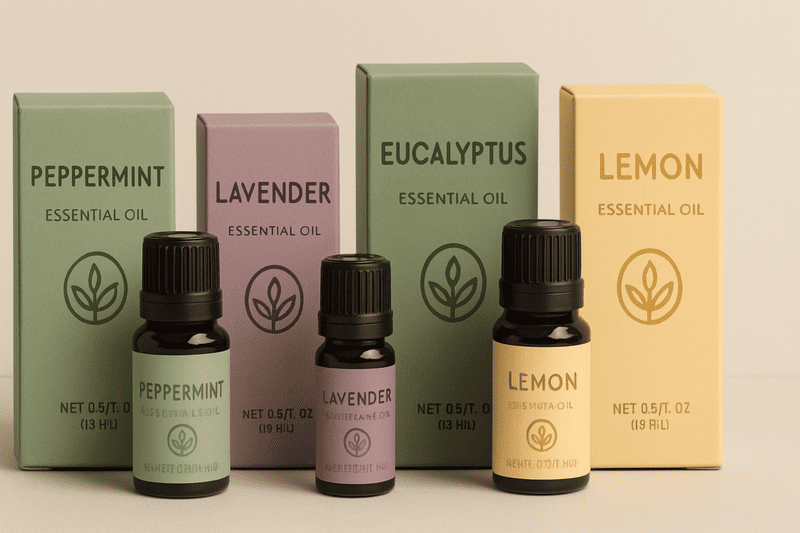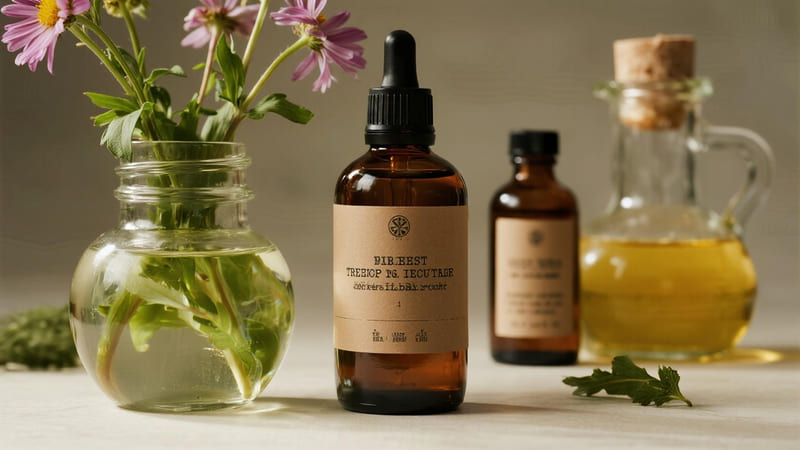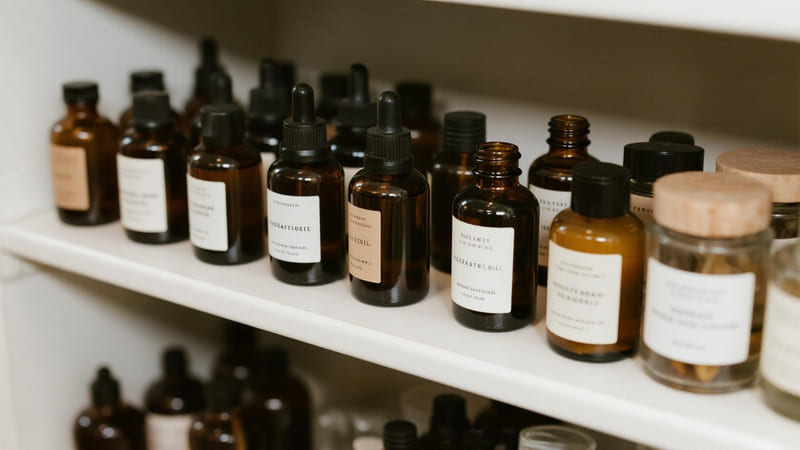Antique perfume bottles are more than just containers; they are miniature works of art, historical artifacts, and highly coveted collectibles that can command astonishing prices. Their value is derived from their rarity, craftsmanship, materials, designer, and historical significance.
While a definitive "top 10" list of most valuable antique perfume bottles is subjective and constantly evolving with auction sales, iconic examples from renowned glassmakers like Lalique and Baccarat, rare commercial bottles from early 20th-century perfumers (e.g., Guerlain, Coty), and unique Art Deco or Art Nouveau pieces often fetch the highest prices, sometimes reaching tens or even hundreds of thousands of dollars.
The world of antique perfume bottle collecting is fascinating, blending artistry with the allure of bygone eras. While ShineTop focuses on manufacturing modern custom packaging, the legacy of these historical masterpieces often inspires contemporary luxury design. Let’s explore some types and examples that are highly prized.
Disclaimer: Specific values fluctuate greatly based on condition, provenance, and auction dynamics. This list highlights types and notable examples rather than a fixed ranking of individual record sales.
1. René Lalique Bottles (Early 20th Century)
René Lalique, a master of glass art and jewelry, revolutionized perfume bottle design in the early 20th century, transforming them from simple containers into exquisite sculptures.
René Lalique’s perfume bottles, especially those designed for perfumers like François Coty, Molinard, and Worth, or his own "commercial" bottles, are among the most valuable. Pieces like "Bouchon Mûres" (Blackberry Stopper), "Amphitrite," or rare figural designs are highly sought after for their intricate molded glass, frosted finishes, and artistic motifs.
- Why Valuable: Lalique’s innovative techniques (like press-molding and cire perdue), artistic genius, and the limited production of certain designs.
- Signature Styles: Intricate floral, faunal, and human figural designs; frosted (satin) glass; detailed stoppers.
- Notable Examples/Types:
- "Bouchon Mûres" (1920): Famous for its blackberry-cluster stopper.
- "Amphitrite" (1920): Snail-shell shaped bottle with a figural stopper.
- "Sirènes avec Bouchon Figurine" (Sirens with Figurine Stopper, 1905): An early and iconic piece for Coty.
- Limited edition or unique commission pieces.
- Potential Value: From several thousand to hundreds of thousands of dollars for rare and pristine examples.
2. Baccarat Crystal Bottles (Late 19th – Mid 20th Century)
Baccarat, the renowned French crystal manufacturer, has produced some of the most luxurious and historically significant perfume bottles for top fragrance houses.
Antique Baccarat crystal perfume bottles, especially those created for Guerlain (e.g., early Shalimar, Mitsouko, L’Heure Bleue bottles), Caron (e.g., "Tabac Blond" urn), Jean Patou ("Joy" bottle), or special limited editions, are highly prized for their flawless crystal, intricate cutting, gilding, and association with iconic perfumes.
- Why Valuable: Baccarat’s unparalleled craftsmanship in crystal making, the prestige of the perfume houses they collaborated with, and the historical significance of the fragrances.
- Signature Styles: Heavy, clear, or colored crystal; intricate facet cutting; gold enamel details; elaborate stoppers.
- Notable Examples/Types:
- Guerlain "Turtle" Bottle (for Parfum des Champs-Elysées, 1914): Iconic and rare.
- Guerlain "Shalimar" (Original Batwing Design, 1925): A classic.
- Caron "Baccarat Urns" (various scents): Large, ornate display bottles.
- Jean Patou "Joy" (Original "Snifter" Bottle, 1930s): Designed by Louis Süe.
- Potential Value: Thousands to tens of thousands, with exceptional or historically important pieces fetching much more.
3. Art Nouveau Period Bottles (circa 1890-1910)
The Art Nouveau period, with its emphasis on organic forms, flowing lines, and nature-inspired motifs, produced some exquisitely artistic perfume bottles.
Art Nouveau perfume bottles, characterized by sinuous lines, floral and insect motifs, and often featuring materials like silver overlay, enamel, or iridescent glass (like Loetz or Tiffany Favrile), are highly collectible. Bottles by designers like Lucien Gaillard or those from prominent glassworks of the era are particularly valued.
- Why Valuable: The distinct artistic style of the period, craftsmanship, and often unique, handcrafted nature.
- Signature Styles: Asymmetrical designs, whiplash curves, motifs of flowers (lilies, irises, poppies), insects (dragonflies, butterflies), and female figures. Use of silver, enamel, and art glass.
- Notable Examples/Types:
- Bottles with elaborate silver overlay in floral patterns.
- Iridescent glass bottles from Austrian or Bohemian glassmakers.
- Pieces by French jewelers/designers incorporating enamel work.
- Potential Value: Hundreds to many thousands of dollars, depending on artistry, materials, and condition.
4. Art Deco Period Bottles (circa 1920-1939)
The Art Deco era brought a shift towards geometric shapes, bold colors, and a sense of streamlined modernity, strongly influencing perfume bottle design.
Art Deco perfume bottles are prized for their geometric forms, stepped designs, bold color combinations (e.g., black and gold, jade green), and use of materials like chrome, Bakelite, and opaque or enameled glass. Bottles designed by Julien Viard, Maurice Dépinoix, or those for iconic Art Deco era perfumes (e.g., Chanel No. 5 original design, Lanvin’s "Arpège" boule noire) are highly valuable.
- Why Valuable: The iconic and influential design aesthetic of the period, association with the glamour of the Roaring Twenties and Thirties.
- Signature Styles: Ziggurat shapes, sunburst motifs, strong geometric patterns, contrasting colors, sleek lines. Use of opaque glass, enamel, Bakelite, and chrome.
- Notable Examples/Types:
- Chanel No. 5 (Original 1921 Bottle): While evolved, early versions are iconic.
- Lanvin "Arpège" (Boule Noire, 1927): The black spherical bottle with gold figures.
- Schiaparelli "Shocking" (Torso Bottle, 1937): Designed by Leonor Fini, a surrealist masterpiece.
- Bottles with skyscraper-like designs or bold enamel work.
- Potential Value: Hundreds to tens of thousands, especially for iconic or designer pieces.
5. Victorian Era Scent Bottles (19th Century)
The Victorian era saw a wide variety of scent bottles, from delicate personal vinaigrettes and chatelaine bottles to more elaborate cut glass and silver vanity pieces.
Victorian scent bottles, including cut glass or crystal bottles with ornate silver tops/collars, double-ended "vinaigrette" bottles, porcelain figural bottles, and small chatelaine-hung bottles, are popular collectibles. Their value depends on craftsmanship, materials (silver quality, type of glass/crystal), and condition.
- Why Valuable: Historical significance, craftsmanship of the period, variety of styles.
- Signature Styles:
- Cut Glass/Crystal: Often with intricately cut patterns and sterling silver mounts (caps, collars).
- Porcelain: Figural bottles shaped like people, animals, or objects, often hand-painted.
- Silver: Small, ornate silver bottles or vinaigrettes.
- Double-Ended Bottles: One end for perfume, the other for smelling salts (vinaigrette).
- Cameo Glass Bottles: Layered glass carved to create a raised design.
- Potential Value: Ranges from under a hundred dollars for simpler pieces to many thousands for exceptional silver or rare porcelain examples.
6. Early Commercial Bottles (Pre-Lalique/Coty, late 19th – early 20th C.)
Before René Lalique and François Coty revolutionized the idea of artistically designed commercial perfume bottles, perfumes were often sold in simpler, more utilitarian bottles, or decanted by the customer. However, some early branded bottles are now rare and valuable.
Early commercial perfume bottles from houses like Guerlain, Houbigant, Roger & Gallet, or Piver, dating from the late 19th to very early 20th century (before the widespread Lalique influence), can be valuable due to their rarity and historical importance, even if their designs are less ornate than later artistic bottles. Intact labels and original boxes significantly increase value.
- Why Valuable: Rarity, historical connection to foundational perfume houses, intact original presentation.
- Signature Styles: Often simpler glass forms, but the value lies in the branding, label condition, and sometimes the stopper or box.
- Notable Examples/Types: Bottles with elaborate paper labels, unique stopper designs for specific brands, or early examples of branded packaging.
- Potential Value: Can range from hundreds to many thousands if in excellent condition with all original elements.
7. Czech/Bohemian Perfume Bottles (Interwar Period)
Czechoslovakia (now the Czech Republic and Slovakia) was a major center for decorative glass production, including stunning perfume bottles, especially during the Art Deco period and slightly after.
Czech/Bohemian perfume bottles from the 1920s and 1930s are highly prized for their vibrant colors, intricate stoppers (often figural or jeweled), and high-quality pressed or cut glass. Bottles by makers like Heinrich Hoffmann or those featuring elaborate acid-etched designs or intaglio stoppers are particularly sought after.
- Why Valuable: Exceptional craftsmanship, vibrant colors, elaborate and often whimsical designs.
- Signature Styles: Brightly colored glass (blues, greens, pinks, ambers), tall, ornate stoppers (often with figural nudes, animals, or geometric designs), "jeweled" accents (glass stones), acid-etched patterns, intaglio carving on stoppers.
- Notable Examples/Types: Bottles with large, sculptural stoppers; those with intricate enamel work or gold detailing.
- Potential Value: Hundreds to several thousand dollars.
8. Figural & Novelty Perfume Bottles (Various Eras)
Perfume bottles shaped like animals, people, objects, or characters have always held a special appeal and can be quite valuable, especially older or rarer examples.
Antique figural and novelty perfume bottles, crafted to resemble animals (cats, dogs, birds), human figures, cars, shoes, or other whimsical objects, are popular collectibles. Their value depends on the maker (e.g., Goebel/Hummel, Schiaparelli, some porcelain factories), rarity, condition, and intricacy of the design.
- Why Valuable: Charm, uniqueness, often limited production, and the crossover appeal to collectors of specific themes (e.g., cat collectors, car enthusiasts).
- Signature Styles: Varies widely by theme. Can be porcelain, glass, or even early plastics for some mid-century pieces.
- Notable Examples/Types:
- Schiaparelli’s "Snuff" pipe-shaped bottle.
- Various porcelain animal figures from German or French factories.
- Avon figural bottles (though generally more modern and less "antique," some older/rarer ones have value).
- Potential Value: From under a hundred to several thousand dollars for rare and well-executed pieces.
9. DeVilbiss Atomizers & Perfume Lamps (Early to Mid-20th Century)
DeVilbiss was a prominent American manufacturer of high-quality perfume atomizers and decorative perfume lamps, often featuring beautiful glass and metalwork.
Antique DeVilbiss perfume atomizers, especially those from the Art Deco period with elaborate glass bottles (sometimes by Steuben or Cambridge Glass) and decorative metal hardware, as well as their figural perfume lamps, are highly collectible. Their value is influenced by design complexity, glassmaker, condition, and completeness (original bulb and hose for atomizers).
- Why Valuable: Quality craftsmanship, association with prominent glass companies, distinctive period designs.
- Signature Styles: Atomizers with silk-tasseled bulbs, ornate metal collars and fittings, glass bottles in various colors and shapes (often Art Deco or Czech-inspired). Perfume lamps often had figural bases.
- Notable Examples/Types: Atomizers with rare glass colors or patterns, complete and functioning perfume lamps.
- Potential Value: Hundreds to a few thousand dollars for desirable models in excellent condition.
10. Miniature "Commercial" Perfume Bottles (Various Eras)
Miniature versions of commercially released perfumes, often produced for promotional purposes, GWP (Gift With Purchase), or in coffret sets, have become a collecting category in their own right. Older and rarer examples can be quite valuable.
Antique or vintage miniature perfume bottles that are exact replicas of full-sized commercial releases, especially from luxury brands (Chanel, Dior, Guerlain) and in their original mini boxes, can be surprisingly valuable to collectors. Rarity, condition, and completeness are key.
- Why Valuable: Nostalgia, rarity of certain promotional minis, the charm of perfectly scaled-down replicas, and the ability to collect many "scents" without the cost or space of full bottles.
- Signature Styles: Exact miniature versions of iconic full-sized bottles.
- Notable Examples/Types: Early minis from the 1920s-1950s, limited edition coffret sets, minis that were only available for a short time.
- Potential Value: While many common minis are inexpensive, rare or very old ones in mint condition with boxes can fetch from tens to hundreds, and occasionally even more, for highly sought-after examples.
Conclusion
The world of antique perfume bottles is rich with history, artistry, and value. Pieces from master glassmakers like Lalique and Baccarat, iconic designs from the Art Nouveau and Art Deco periods, and rare early commercial bottles often command the highest prices. For collectors, these miniature treasures offer a tangible connection to the elegance and olfactory artistry of the past. Their enduring beauty continues to inspire even modern packaging design, reminding us that a container can be as precious as its contents.


